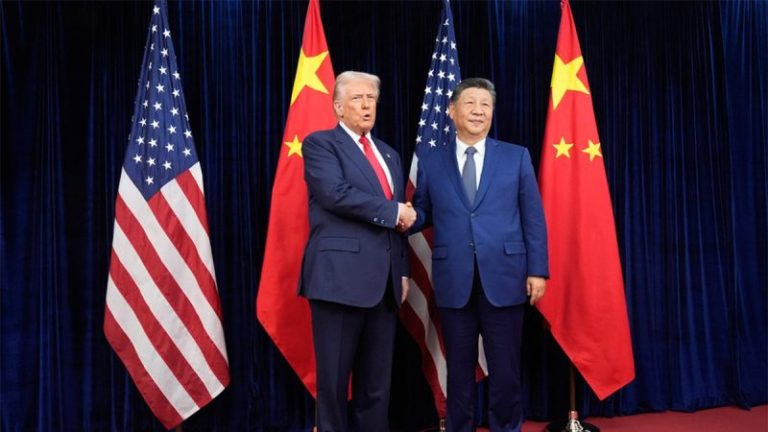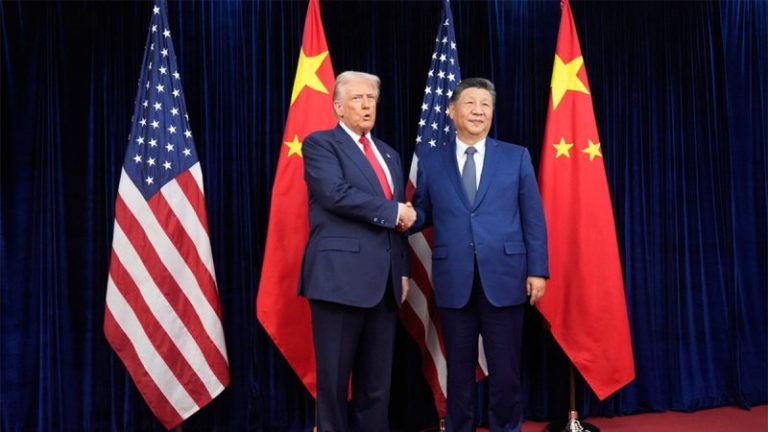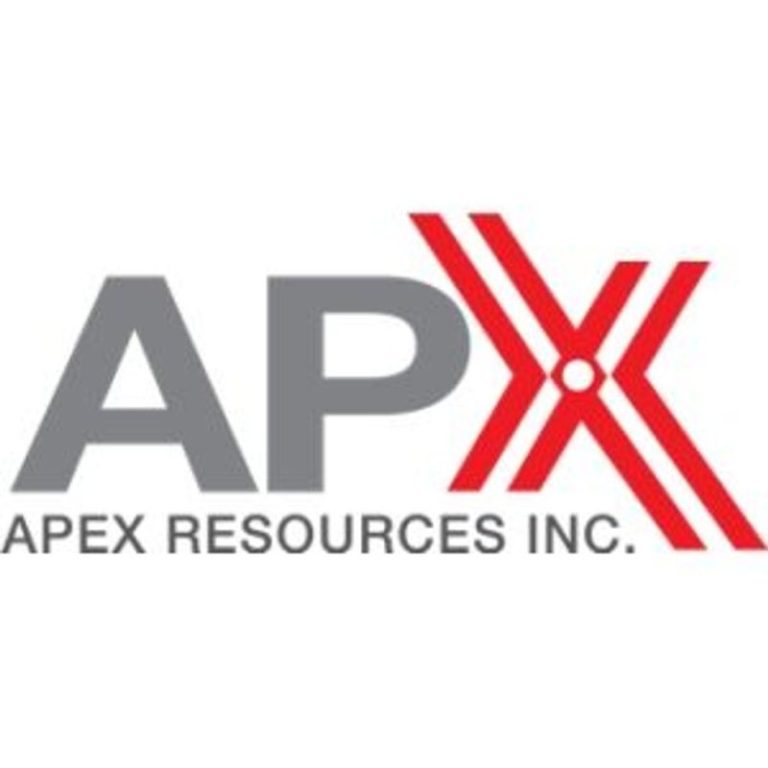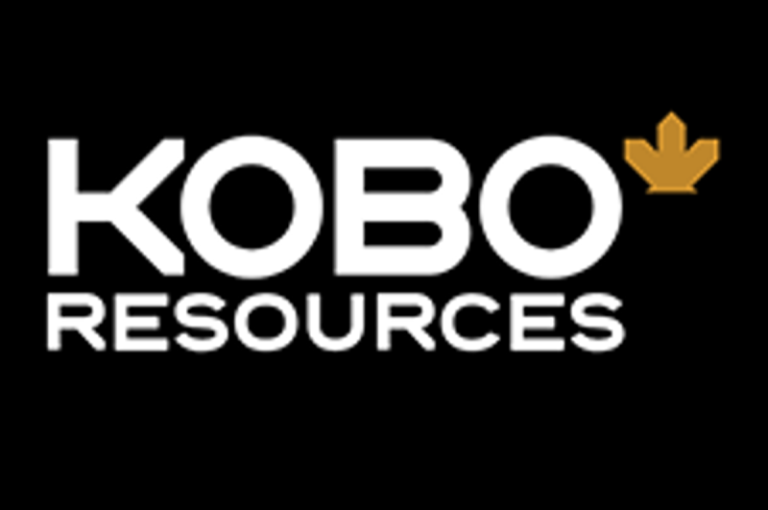Coelacanth Energy Inc. (TSXV: CEI,OTC:CEIEF) (‘Coelacanth’ or the ‘Company’) is pleased to provide the following update:
BANK CREDIT FACILITY
Coelacanth has signed an agreement to increase its bank credit facility from $52 million to $80 million with closing expected in mid-November. The Company estimates net bank debt relative to the credit facility to be $43 million as at September 30, 2025. The additional liquidity provided will be used, in part, to fund the fall drilling program noted below.
OPERATIONS UPDATE
Coelacanth is currently drilling 3 additional wells in the Lower Montney on its 5-19 Pad at Two Rivers East. Completions are anticipated for late November for an on-stream date of early February 2026. Coelacanth’s last 3 wells on the pad tested a combined 4,872 boe/d (60% light oil) and similar results are expected(1).
Coelacanth is currently producing 4 of its 9 wells on the 5-19 pad plus its legacy production at Two Rivers West. Based on field estimates, current production is approximately 4,400 boe/d (40% light oil). The remaining 5 wells are scheduled to come on production sequentially from mid-November until year-end. Test production on the 5 remaining wells was approximately 6,400 boe/d on a combined basis but net of flush production and declines, Coelacanth estimates production will be approximately 8,400 boe/d (40% light oil) at year-end and then exceed 10,000 boe/d in February 2026 when the new wells are on production (1).
Coelacanth’s business plan includes delineating and developing its large Montney resource that includes 4 potential Montney benches on its 150 section contiguous block of land at Two Rivers in northeast British Columbia.
(1) See ‘Test Results and Initial Production Rates’.
HEDGE POSITION
In conjunction with the drilling program and anticipated new wells coming on production, Coelacanth has placed the following hedges:
| Product |
Quantity |
Price
($ CAD) |
Reference
Point |
Period |
| Natural Gas |
10,000 gj/d |
2.03 |
Station 2 |
Nov-Dec 2025 |
| Natural Gas |
5,000 gj/d |
2.10 |
Station 2 |
Dec 2025 |
| Natural Gas |
10,000 gj/d |
2.49 |
Station 2 |
Jan-Mar 2026 |
| Light Oil |
500 bbls/d |
86.86 |
WTI |
Nov 2025-Apr 2026 |
Coelacanth is pleased with the results to date and the progression of the business plan.
FOR FURTHER INFORMATION PLEASE CONTACT:
Coelacanth Energy Inc.
2110, 530 – 8th Ave SW
Calgary, Alberta T2P 3S8
Phone: 403-705-4525
www.coelacanth.ca
Mr. Robert J. Zakresky
President and Chief Executive Officer
Mr. Nolan Chicoine
Vice President, Finance and Chief Financial Officer
NEITHER THE TSX VENTURE EXCHANGE NOR ITS REGULATION SERVICES PROVIDER (AS THAT TERM IS DEFINED IN THE POLICIES OF THE TSX VENTURE EXCHANGE) ACCEPTS RESPONSIBILITY FOR THE ADEQUACY OR ACCURACY OF THIS RELEASE.
Oil and Gas Terms
The Company uses the following frequently recurring oil and gas industry terms in the news release:
| Liquids |
| Bbls |
Barrels |
| Bbls/d |
Barrels per day |
| NGLs |
Natural gas liquids (includes condensate, pentane, butane, propane, and ethane) |
| Natural Gas |
| Mcf |
Thousands of cubic feet |
| Mcf/d |
Thousands of cubic feet per day |
| MMcf/d |
Millions of cubic feet per day |
| Oil Equivalent |
| Boe |
Barrels of oil equivalent |
| Boe/d |
Barrels of oil equivalent per day |
Disclosure provided herein in respect of a boe may be misleading, particularly if used in isolation. A boe conversion rate of six thousand cubic feet of natural gas to one barrel of oil equivalent has been used for the calculation of boe amounts in the news release. This boe conversion rate is based on an energy equivalency conversion method primarily applicable at the burner tip and does not represent a value equivalency at the wellhead.
Product Types
The Company uses the following references to sales volumes in the news release:
Natural gas refers to shale gas
Oil refers to tight oil
NGLs refers to butane, propane and pentanes combined
Liquids refers to tight oil and NGLs combined
Oil equivalent refers to the total oil equivalent of shale gas, tight oil, and NGLs combined, using the conversion rate of six thousand cubic feet of shale gas to one barrel of oil equivalent as described above.
Forward-Looking Information
This news release contains forward-looking statements and forward-looking information within the meaning of applicable securities laws. The use of any of the words ‘expect’, ‘anticipate’, ‘continue’, ‘estimate’, ‘may’, ‘will’, ‘should’, ‘believe’, ‘intends’, ‘forecast’, ‘plans’, ‘guidance’ and similar expressions are intended to identify forward-looking statements or information.
More particularly and without limitation, this document contains forward-looking statements and information relating to the Company’s oil, NGLs and natural gas production and capital programs. The forward-looking statements and information are based on certain key expectations and assumptions made by the Company, including expectations and assumptions relating to prevailing commodity prices and exchange rates, applicable royalty rates and tax laws, future well production rates, the performance of existing wells, the success of drilling new wells, the availability of capital to undertake planned activities and the availability and cost of labor and services.
Although the Company believes that the expectations reflected in such forward-looking statements and information are reasonable, it can give no assurance that such expectations will prove to be correct. Since forward-looking statements and information address future events and conditions, by their very nature they involve inherent risks and uncertainties. Actual results may differ materially from those currently anticipated due to a number of factors and risks. These include, but are not limited to, the risks associated with the oil and gas industry in general such as operational risks in development, exploration and production, delays or changes in plans with respect to exploration or development projects or capital expenditures, the uncertainty of estimates and projections relating to production rates, costs and expenses, commodity price and exchange rate fluctuations, marketing and transportation, environmental risks, competition, the ability to access sufficient capital from internal and external sources and changes in tax, royalty and environmental legislation. The forward-looking statements and information contained in this document are made as of the date hereof for the purpose of providing the readers with the Company’s expectations for the coming year. The forward-looking statements and information may not be appropriate for other purposes. The Company undertakes no obligation to update publicly or revise any forward-looking statements or information, whether as a result of new information, future events or otherwise, unless so required by applicable securities laws.
Test Results and Initial Production Rates
The 5-19 Lower Montney well was production tested for 9.4 days and produced at an average rate of 377 bbl/d oil and 2,202 mcf/d gas (net of load fluid and energizing fluid) over that period which includes the initial cleanup where only load water was being recovered. At the end of the test, flowing wellhead pressure and production rates were stable.
The A5-19 Basal Montney well was production tested for 5.9 days and produced at an average rate of 117 bbl/d oil and 630 mcf/d gas (net of load fluid and energizing fluid) over that period which includes the initial cleanup where only load water was being recovered. At the end of the test, flowing wellhead pressure and production rates were stable.
The B5-19 Upper Montney well was production tested for 6.3 days and produced at an average rate of 92 bbl/d oil and 2,100 mcf/d gas (net of load fluid and energizing fluid) over that period which includes the initial cleanup where only load water was being recovered. At the end of the test, flowing wellhead pressure and production rates were stable.
The C5-19 Lower Montney well was production tested for 5.8 days and produced at an average rate of 736 bbl/d oil and 2,660 mcf/d gas (net of load fluid and energizing fluid) over that period which includes the initial cleanup where only load water was being recovered. At the end of the test, flowing wellhead pressure and production rates were stable.
The D5-19 Lower Montney well was production tested for 12.6 days and produced at an average rate of 170 bbl/d oil and 580 mcf/d gas (net of load fluid and energizing fluid) over that period which includes the initial cleanup where only load water was being recovered. At the end of the test, flowing wellhead pressure and production rates were stable. The D5-19 Lower Montney well was tied into the 16-03 facility and produced an average rate of 546 bbl/d oil, 2,659 mcf/d natural gas, and 48 bbl/d NGLs, for a total average rate of 1,037 boe/d, on a sales basis, over the first 30 days of in-line production (IP30).
The E5-19 Lower Montney well was production tested for 11.4 days and produced at an average rate of 312 bbl/d oil and 890 mcf/d gas (net of load fluid and energizing fluid) over that period which includes the initial cleanup where only load water was being recovered. At the end of the test, flowing wellhead pressure was stable, and production was starting to decline. The E5-19 Lower Montney well was tied into the 16-03 facility, and produced an average rate of 854 bbl/d oil, 2,660 mcf/d natural gas, and 49 bbl/d NGLs, for a total average rate of 1,346 boe/d, on a sales basis, over the first 30 days of in-line production (IP30).
The F5-19 Lower Montney well was production tested for 4.9 days and produced at an average rate of 728 bbl/d oil and 1,607 mcf/d gas (net of load fluid and energizing fluid) over that period which includes the initial cleanup where only load water was being recovered. At the end of the test, flowing wellhead pressure and production rates were stable. The F5-19 Lower Montney well was tied into the 16-03 facility, and produced an average rate of 745 bbl/d oil, 3,121 mcf/d natural gas, and 58 bbl/d NGLs, for a total average rate of 1,037 boe/d, on a sales basis, over the first 22 days of in-line production.
The G5-19 Lower Montney well was production tested for 7.1 days and produced at an average rate of 415 bbl/d oil and 1,489 mcf/d gas (net of load fluid and energizing fluid) over that period which includes the initial cleanup where only load water was being recovered. At the end of the test, flowing wellhead pressure and production rates were stable.
The H5-19 Lower Montney well was production tested for 8.1 days and produced at an average rate of 411 bbl/d oil and 1,166 mcf/d gas (net of load fluid and energizing fluid) over that period which includes the initial cleanup where only load water was being recovered. At the end of the test, flowing wellhead pressure was stable and production was starting to decline.
The reference under the ‘Operations Update’ to the last 3 wells drilled refers to the F5-19, G5-19, and H5-19 wells.
The reference under the ‘Operations Update’ to the remaining 5 wells are scheduled to come on production refers to the 5-19, A5-19, B5-19, G5-19, and H5-19 wells.
A pressure transient analysis or well-test interpretation has not been carried out on these nine wells and thus certain of the test results provided herein should be considered to be preliminary until such analysis or interpretation has been completed. Test results and initial production rates disclosed herein, particularly those short in duration, may not necessarily be indicative of long-term performance or of ultimate recovery.
Any references to peak rates, test rates, IP30, IP90, IP180 or initial production rates or declines are useful for confirming the presence of hydrocarbons, however, such rates and declines are not determinative of the rates at which such wells will continue production and decline thereafter and are not indicative of long-term performance or ultimate recovery. IP30 is defined as an average production rate over 30 consecutive days, IP90 is defined as an average production rate over 90 consecutive days and IP180 is defined as an average production rate over 180 consecutive days. Readers are cautioned not to place reliance on such rates in calculating aggregate production for the Company.
To view the source version of this press release, please visit https://www.newsfilecorp.com/release/272489










